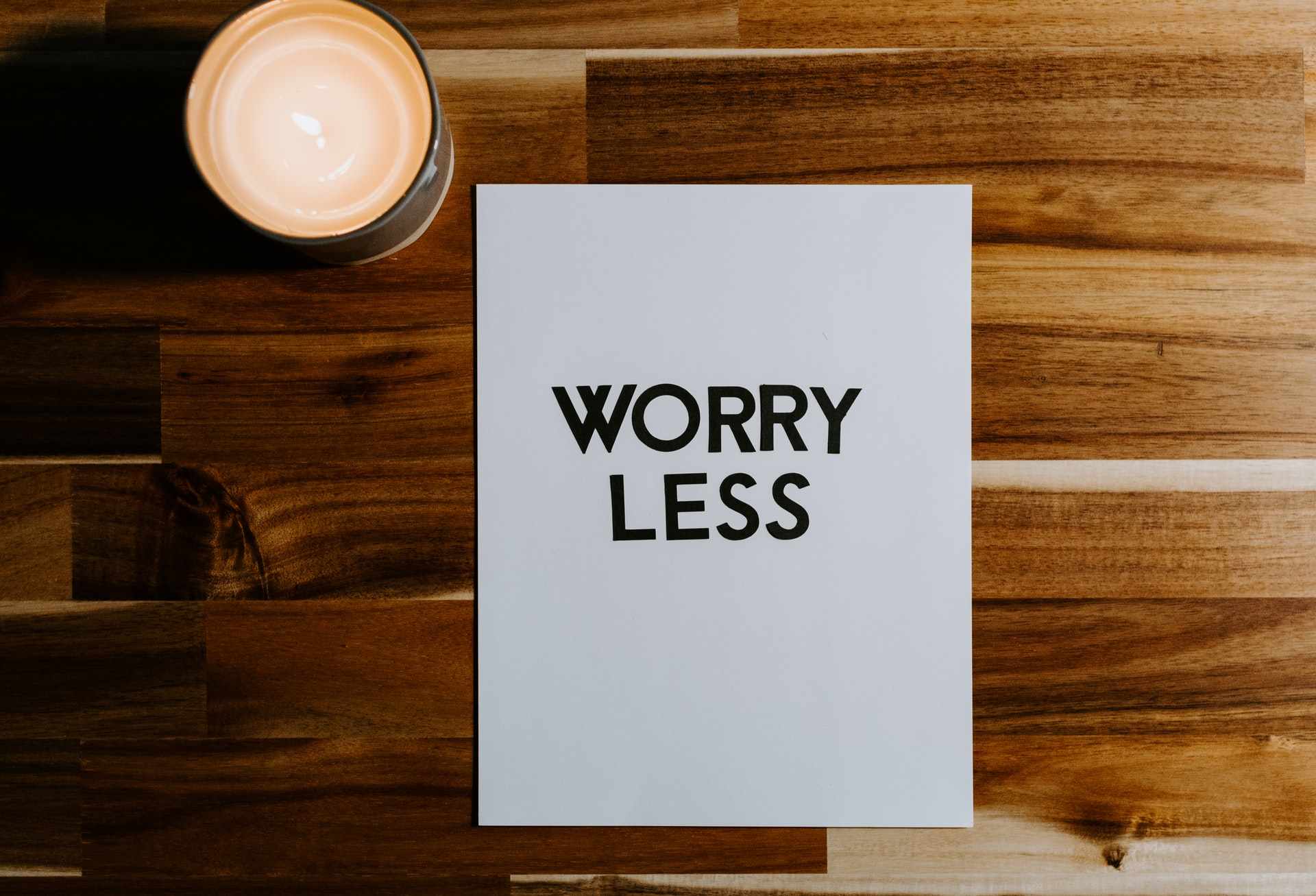Giving Meaningful Support to Kids with ADHD
There will always be challenges when it comes to parenting. Some challenges are common and run-of-the-mill, while others might require a parent to dig deeper, learn more, and adapt. Parents and caregivers must determine what to do when a child has colic, an ear infection, pinkeye, or allergies. Similarly, they have to learn and adapt when their child has a learning disability or other concerns that affect their development and daily functioning. ADHD is a challenge that many parents and caregivers face, but it can be managed well. There are resources available to help provide the best and most effective support available for a child, helping them to live their lives to the fullest. What is ADHD? The term ADHD (attention deficit hyperactivity disorder) is used to describe a neurodevelopmental disorder that affects both children and adults. ADHD is identifiable by three main symptoms, which include inattention or difficulty sustaining focus and completing tasks; hyperactivity, which can manifest as restlessness or excessive activity; and impulsivity, which involves being disruptive and interrupting others, as well as difficulty waiting one’s turn. ADHD is a term that is widely used and common, but some researchers and clinicians prefer to use the term ADD (attention deficit disorder) as a way to describe people who primarily have symptoms of inattention without displaying significant hyperactivity. The signs of ADHD are present and can be discerned in children aged 3-4, but these become more consistent and apparent later, around 6-7 years of age. It is important to detect ADHD early and to put interventions in place and properly support the child. The strategies that help a child thrive are impacted by how early it’s identified. This is by no means to say that later detection means a parent or caregiver can’t give meaningful support; rather, getting help [...]










